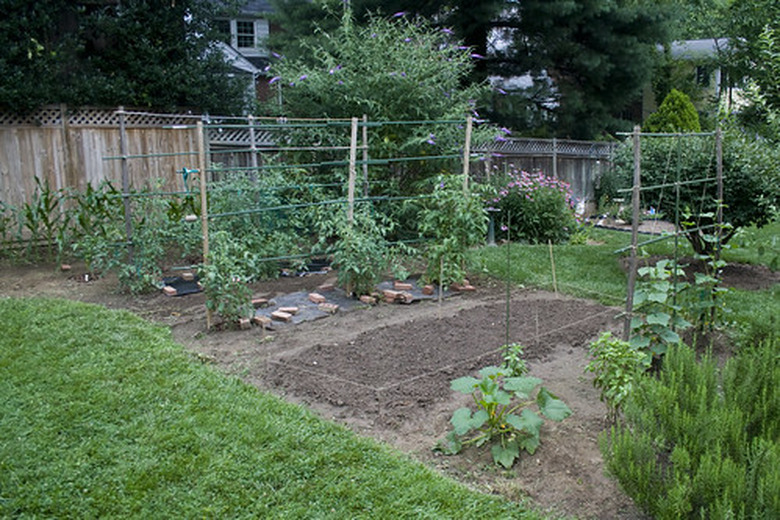Starter Fertilizer Vs. Regular Fertilizer
Fertilizing all crops is necessary to provide essential nutrients, according to Penn State Cooperative Extension. However, newly emerging seedlings have slightly different needs than thriving plants. Both starter fertilizer and regular fertilizer are needed during a plant's life cycle.
Nutrients
Nutrients
Regular fertilizer contains nitrogen (N), potassium (K), and phosphorous (P). Starter fertilizers emphasize phosphorous, the most critical ingredient for root growth in seedlings, according to Penn State. Some starter fertilizers also provide nitrogen, which enhances the uptake of phosphorous and encourages leaf growth.
Composition
Composition
Starter fertilizers usually contain 20 percent or more of phosphorous, according to David M. Kopec of the University of Arizona Extension. Regular fertilizers have a nitrogen-potassium-phosphorous ratio of 1-2-1. The numbers refer to the percentage of each substance that the fertilizer contains.
Effects
Effects
Higher grade phosphorous and quick-release nitrogen are essential in starter fertilizers, Kopec said, because the tender roots of seedlings need ready access to those nutrients. More mature plants benefit from the slow-release varieties available in regular fertilizers.
Considerations
Considerations
Starter fertilizers are diluted, compared with regular fertilizers. Full-strength fertilizer can burn the leaves, stems and roots of tender seedlings.
Application
Application
Apply starter solutions by pouring a cup of diluted liquid fertilizer into the hole before inserting the plant. Regular fertilizer is applied four to six inches away from the base of a mature plant.
